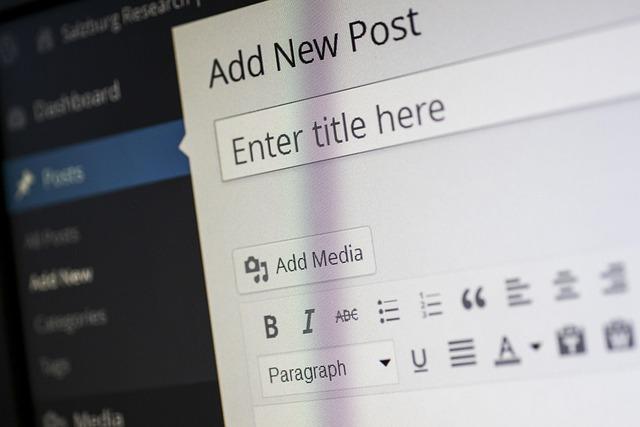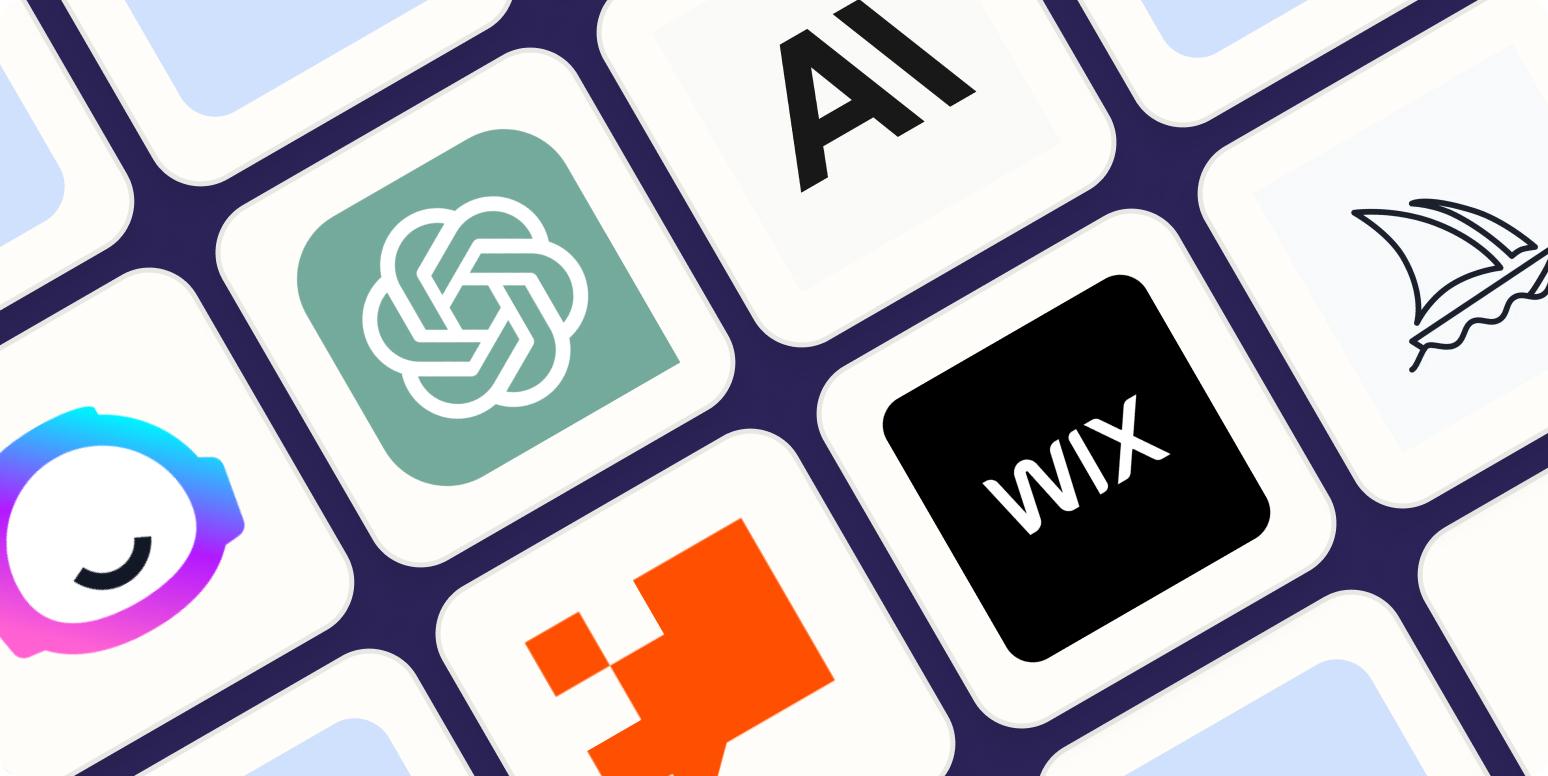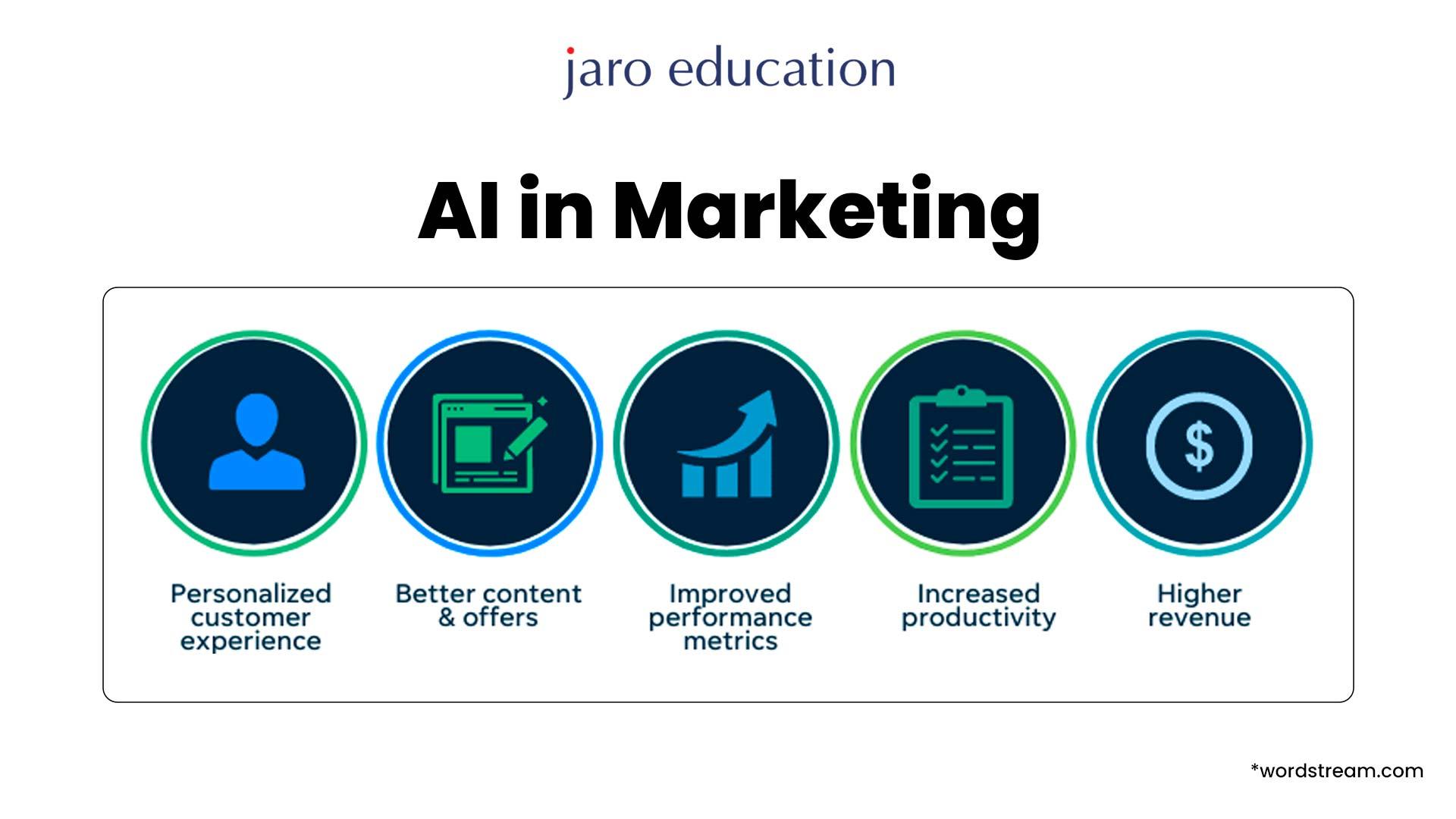
In an era where digital noise often drowns out meaningful connections, marketers are on a perpetual quest for innovative ways to capture attention and engage audiences. Enter artificial intelligence: a transformative force that is reshaping the landscape of content creation. “Instant impact: AI-Powered Content Creation for Marketers” explores the intersection of creativity and technology, showcasing how AI tools are revolutionizing the way brands articulate their stories. From generating compelling blog posts to curating personalized marketing campaigns,these smart systems are not just changing the game—they are redefining it. As we delve into the capabilities and implications of AI-driven content creation, we will uncover how marketers can harness this powerful technology to not only streamline their processes but also enhance the authenticity and resonance of their messages. Welcome to a future where creativity meets computation, and instant impact is just a click away.
Table of Contents
- The Rise of AI: Transforming Content Strategy for Marketers
- Harnessing AI Tools: Techniques for Streamlined Content Production
- Tailoring Messaging: How AI Personalizes Marketing Campaigns
- Measuring Success: Evaluating the Impact of AI on Content Effectiveness
- Q&A
- Final Thoughts

the Rise of AI: Transforming Content Strategy for Marketers
As artificial intelligence continues to advance, it is reshaping the landscape of content marketing in unprecedented ways. Marketers are discovering that AI tools can streamline the creation process, allowing them to focus more on strategic progress rather than the mundane aspects of content production. With AI, teams can now generate compelling blog posts, engaging social media updates, and informative newsletters in a fraction of the time it would typically take. By leveraging AI for basic content generation, marketers can prioritize higher-order tasks such as storytelling, audience analysis, and engagement strategies.
Moreover, the rise of AI has paved the way for more personalized content experiences. AI algorithms analyse consumer behavior and preferences, enabling marketers to deliver targeted messaging that resonates at a deeper emotional level. This personalization can be achieved through dynamic email campaigns, customized landing pages, and tailored product recommendations.Not only does this enhance customer satisfaction, but it also drives conversion rates and increases brand loyalty. By adopting AI-powered tools, marketers can stay ahead of the competition and keep pace with the ever-evolving demands of the digital marketplace.

Harnessing AI Tools: Techniques for Streamlined Content Production
In the ever-evolving landscape of marketing, integrating AI tools can drastically reshape the content production process. By leveraging AI-driven platforms, content creators can generate ideas, curate relevant materials, and enhance personalization with unprecedented efficiency. As a notable example, utilizing AI algorithms, marketers can analyze consumer behavior and preferences to produce content that resonates deeply with target audiences.This not only streamlines the writing process but also ensures that the final pieces are targeted and impactful.
Moreover, AI can automate repetitive tasks, freeing up valuable time for marketers to focus on strategy and creativity. Techniques such as natural language processing (NLP) can help in drafting blog posts or social media updates with minimal human input. Additionally, AI-powered analytics tools can provide insights into content performance, making it easier to pivot strategies based on real-time data. Marketers might consider employing the following tools and techniques to maximize their content creation efficiency:
- Content Generators: Tools like Jasper or Copy.ai for drafting.
- SEO Optimization: Platforms such as Clearscope or Surfer SEO to enhance visibility.
- Analytics Solutions: Google Analytics or BuzzSumo for tracking engagement metrics.

Tailoring Messaging: how AI Personalizes Marketing Campaigns
In today’s hyper-competitive digital landscape, the ability to customize marketing messages for diverse audiences is a game-changer. AI-driven tools analyze vast datasets by collecting valuable insights from consumer behavior, preferences, and engagement patterns. This empowers marketers to craft messaging that resonates on an individual level.Some key strategies that AI utilizes for personalization include:
- Segmentation: Dividing audiences into specific groups based on demographics, interests, and buying habits.
- Predictive Analytics: Utilizing historical data to forecast future behaviors, helping brands to adjust messaging proactively.
- Dynamic Content: Creating adaptable content that changes according to the user’s profile and real-time interactions.
To illustrate the impact of these advancements, consider how AI can streamline the content creation process through real-time data analysis.Marketers can leverage algorithms that suggest personalized content topics or headlines that resonate best with target segments. For example, an automated system can evaluate trending keywords and consumer sentiment, generating suggestions that align with brand values and current trends. this results in:
| Benefit | Description |
|---|---|
| Enhanced Engagement | Content that truly speaks to the audience increases interaction rates. |
| Higher Conversion Rates | Personalized experiences lead to higher chances of completing a sale. |
| improved Customer Retention | Tailored messaging fosters loyalty and repeat business. |

measuring Success: Evaluating the Impact of AI on Content Effectiveness
As marketers increasingly turn to AI for content creation, measuring the success of these innovative efforts has become paramount.Evaluating the effectiveness of AI-generated content involves a variety of performance metrics that can offer insight into audience engagement and conversion rates. Key metrics to consider include:
- Engagement Rates: Track likes, shares, and comments to gauge audience interaction.
- Click-Through Rates (CTR): Measure how many users click on links within the content.
- Bounce Rates: Analyze the percentage of visitors who leave without engaging further.
- Conversion Rates: Assess how effective the content is at converting readers into customers.
Furthermore, employing A/B testing allows marketers to compare AI-generated content against human-crafted narratives, providing a clearer picture of effectiveness. Data gathered can be organized in tables to illustrate differences in performance clearly:
| Content Type | engagement Rate (%) | Conversion Rate (%) |
|---|---|---|
| AI-Generated | 35 | 5 |
| Human-Crafted | 30 | 4 |
By analyzing these key metrics and test results, marketers can refine their AI strategies, ensuring that content not only resonates with audiences but also drives desired outcomes. The future of marketing will depend on a data-driven approach, using the insights gained to enhance AI capabilities continually.
Q&A
Instant Impact – AI-Powered Content Creation for marketers Q1: What is AI-powered content creation?
A1: AI-powered content creation refers to the use of artificial intelligence technologies to generate written content, graphics, videos, and other marketing materials. These tools leverage natural language processing (NLP) and machine learning algorithms to produce compelling, relevant content that resonates with target audiences, frequently enough at unprecedented speeds.
Q2: How can marketers benefit from using AI in content creation?
A2: Marketers can experience numerous advantages by adopting AI in their content creation processes. These include importent time savings, as AI tools can generate content in a fraction of the time it would take a human. Additionally, AI can analyze vast datasets to identify trends and user preferences, ensuring that the content is not only timely but also tailored to audience needs. This results in higher engagement rates and better ROI on marketing efforts.
Q3: What types of content can AI create?
A3: AI is versatile when it comes to content creation; it can produce everything from blog posts and articles to social media posts,product descriptions,email campaigns,and even video scripts.Additionally, AI can assist in creating visual content, such as infographics and personalized images, allowing marketers to cover multiple content needs efficiently.
Q4: Are there any limitations to AI-generated content?
A4: While AI-generated content has many strengths, it does have limitations. For one, it may lack the emotional depth and nuance that a human touch brings, which can be important in storytelling and brand voice. AI also relies on existing data, which means it may struggle with innovative or highly niche topics. Over-reliance on AI can lead to generic content, so it’s crucial for marketers to blend AI capabilities with human creativity and oversight.
Q5: How can marketers ensure quality in AI-generated content?
A5: To maintain quality in AI-generated content, marketers should implement a robust review process. This could involve human editors who can refine the AI’s output, ensuring it aligns with brand standards and authentic messaging. Additionally, training AI on specific brand guidelines and customer personas can definitely help tailor content more effectively, ultimately elevating the final product.
Q6: What role does AI play in optimizing content for SEO?
A6: AI can substantially enhance SEO strategy by analyzing search trends, identifying relevant keywords, and assessing competitors’ content. AI tools can even suggest optimization strategies for headlines, meta descriptions, and overall content structure. By generating SEO-pleasant content, marketers can increase their visibility and attract more organic traffic to their sites.
Q7: Is AI content creation suitable for all types of businesses?
A7: Yes, AI content creation can be adapted to suit a wide range of businesses, from small startups to large corporations. The key is understanding the specific goals and audience of the business. While the technology can cater to diverse industries—from e-commerce to education—it’s essential for businesses to choose AI tools that align with their unique needs and branding strategies.
Q8: What’s the future of AI in content marketing?
A8: The future of AI in content marketing looks promising and dynamic. As technology continues to evolve, we can expect even more complex tools that not only assist in content creation but also enhance personalization and customer engagement through predictive analytics. Embracing AI will likely become a standard practice in marketing, enabling brands to stay agile and responsive in an ever-changing landscape.
Q9: How can marketers get started with AI content creation?
A9: marketers looking to dip their toes into AI content creation should start with research to identify tools that fit their objectives and budget. Most platforms offer user-friendly interfaces and various templates to kickstart the process. Additionally,it’s wise to start small—experiment with one type of content before expanding to others. Continuous learning and staying updated on AI advancements will provide an edge in maximizing these tools’ potential. Leveraging AI-powered content creation can not only streamline processes but also enhance creativity through collaboration between technology and human ingenuity.the future of content marketing may very well hinge on how effectively marketers integrate AI into their strategies.
Final Thoughts
The landscape of content creation is undergoing a profound conversion,reshaped by the innovative capabilities of AI technology. As marketers, embracing these advancements offers not just efficiency but a gateway to creativity previously unimagined. The tools at your fingertips can optimize your outreach, personalize your messaging, and amplify your brand’s voice in a crowded marketplace.Yet, with great power comes great responsibility; the human touch remains irreplaceable in crafting authentic narratives that resonate with audiences. As you navigate this brave new world of AI-powered content creation, consider how you can blend the strengths of artificial intelligence with your unique insights and storytelling prowess. The future of marketing holds endless possibilities—it’s time to harness the potential of AI and make your mark. Your journey starts here, shaping a new era of engagement, innovation, and impact.

